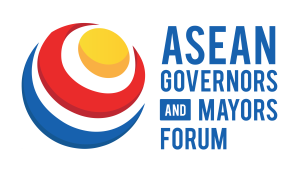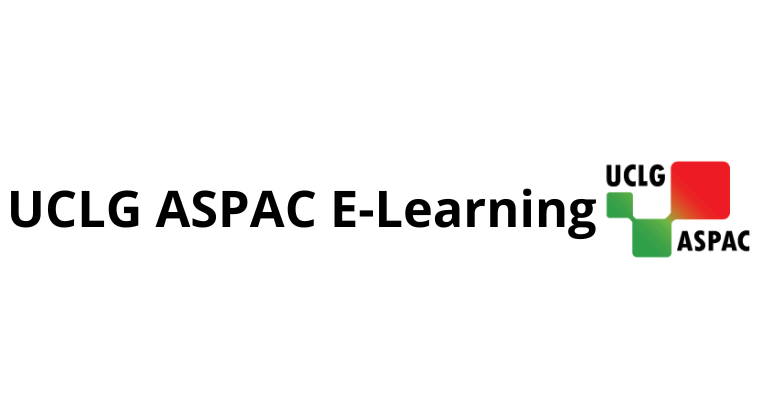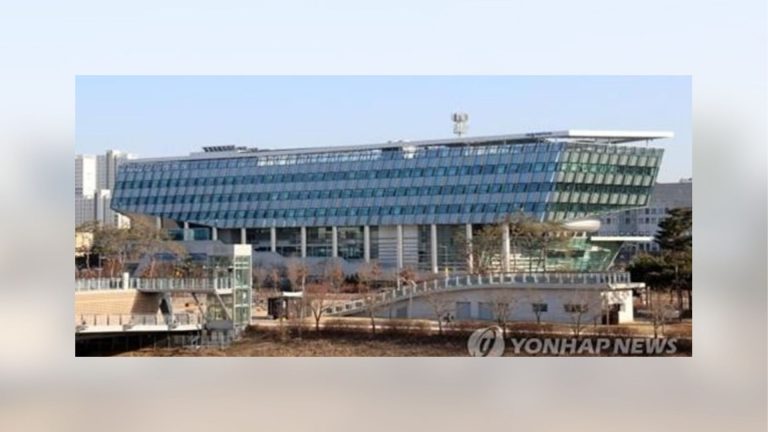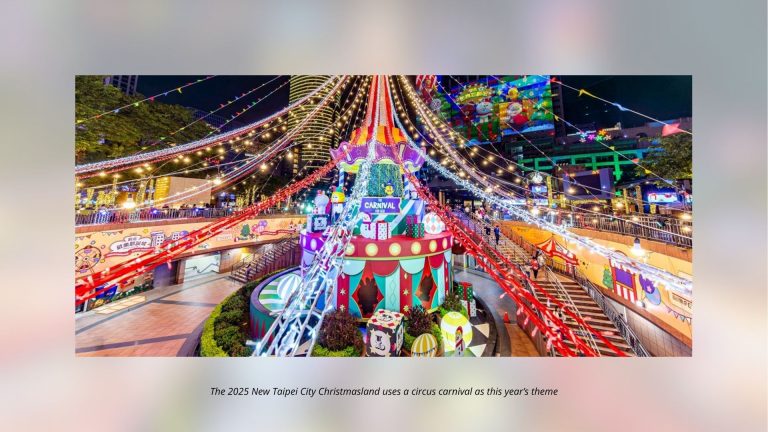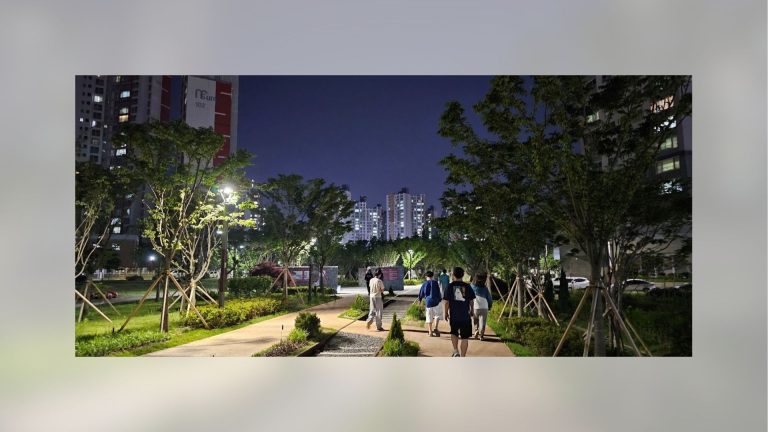Air pollution and greenhouse gas are labeled as the “slow killers,” with the former being the number four cause of children’s death (respiratory-related health problems) and the latter being produced by vehicles (as high as 30 per cent). Traffic congestion not only leads to loss of time and air pollution, it significantly consumes energy and hampers economic growth.
At global level, approximately 1.3 million people die yearly due to road-related accidents. Road mishaps seem to be occurring a lot in countries in the Asia Pacific, with 44 per cent of road accidents happening in this region. In 2014, Indonesia recorded 95,000 cases of road accidents. Challenges such as urbanisation, motorisation, and air pollution are common global concerns. To combat these problems, the UN has adopted the 17 SDGs. However, in terms of addressing transport sector issues, it has not been clearly mentioned within this framework. Local officials (mayors, governors) seem to have a tough time identifying steps on how they will tackle this particular concern. With this challenge, a solution focusing on “Five ‘Zeroes’ for Urban Mobility” is needed:
Zero Greenhouse Gas (GHG) / Air Pollution from Transport: Many people in major urban cities in developing countries have no choice but to wear face mask as protection from air pollution. Advanced countries in Europe such as Sweden, Switzerland, and Finland were able to achieve a cleaner air for their citizens.
Zero Crash/Accident: No more people will be killed on the road, especially children. Every day, somewhere in the world, 2-3 young people get killed due to a road accident. In Sweden, a “zero accident” social movement was launched in 1997. It resulted to a change in education, engineering, enforcement, and evaluation system. Following the social movement, Sweden managed to achieve Zero Vision Accident. Other advanced European countries (e.g., Germany, Norway, UK) are already near their target of zero accident rate.
Zero Congestion: Traffic congestion not only leads to loss of time and air pollution, it also consumes energy and hampers economic growth. Use High Quality Public Transport (HQPT) and Mobility as a Service (MaaS), Intelligence Communication Technology (ICT), and 4D zoning. Congestion is a major backdrop of the economic growth of a country. Singapore, London, Milan, and Stockholm achieved “Zero Congestion” by applying congestion charging and enforcement of car use and parking control. Relieving roads from congestion will boost the economy.
Zero (Fuel) Private-car Use in the City Core Area: Sharing mobility starts to become more popular because of ICT and MaaS. These two can help establish a sharing mobility society. The government can achieve the three previously mentioned “Zero” Vision by promoting a mode-sharing (e.g., e-cars, bikes, scooters) society. Once this becomes a trend, the young generation will be discouraged to drive their own vehicle and will instead learn to rely on public transportation.
Zero Inequality: The so-called social justice on mobility (mobility serving for all regardless of one’s age, status, economic background, etc.) should be advocated, but in many cities, car transport is highly preferred. Bike lanes were even removed even though a segregated bike way was proven to have a higher capacity than car lanes. The government should not invest on road expansions (car lane expansion, flyover/footbridge constructions) that only benefit (single-occupancy) private vehicles and lead to higher energy consumption. Photos below show the struggle pedestrians face due to low priority on people’s mobility.

